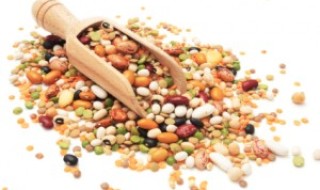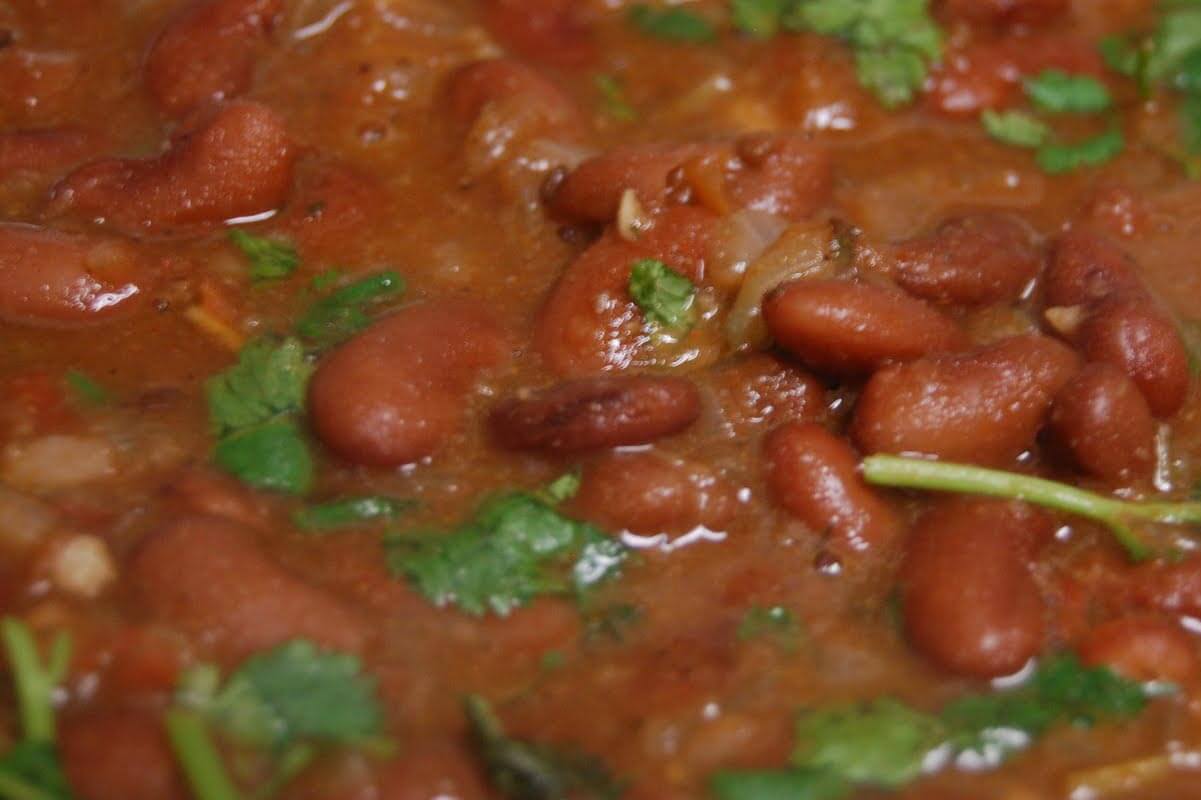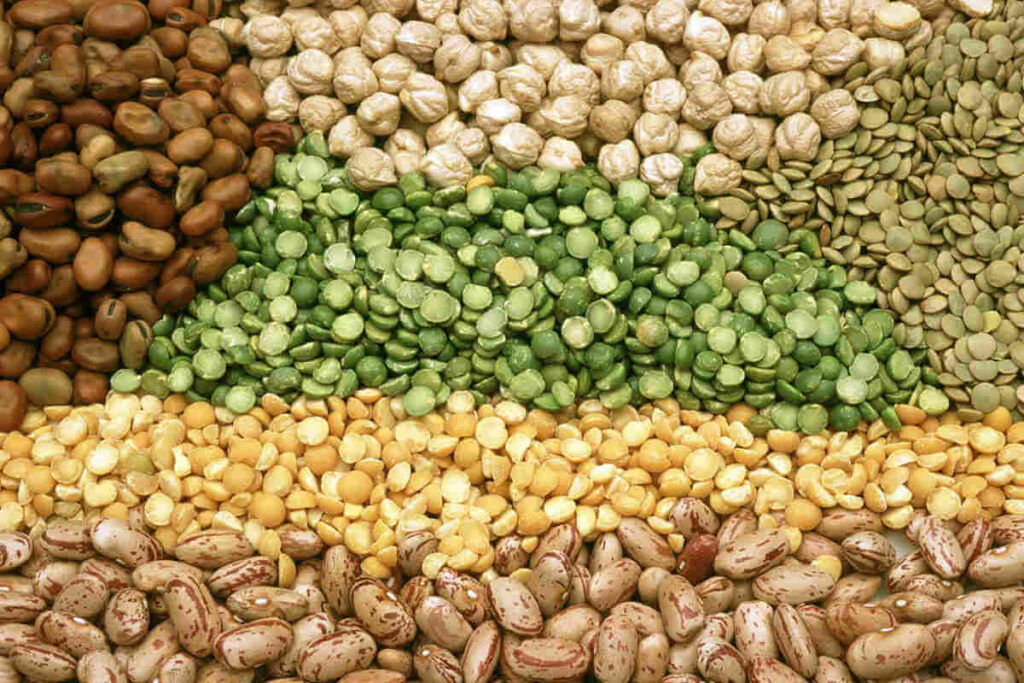Health
Legumes and Grains – The Perfect Pairing | Possible
The combination of legumes and grains have a rich history in ancient culinary practices.
They were a source of all the nine essential amino acids long before nutrition scientists discovered the health benefits of beans,whole grains, and other high protein foods.
Benefits of Legumes & Whole Grains
Traditional legume-grain pairings include the Indian marriage of legumes with rice and the Middle Eastern pairing of hummus with pita bread.
We also have the West African combination of beans and rice and the Tex-Mex tradition of combining black beans with tortillas and other dishes made from maize.
Legumes and various types of beans are inexpensive sources of protein, fiber, carbohydrates, and micronutrients, including folate, which often is lacking in our diets.
Consuming only 1/2 cup of high protein foods such as cooked dry beans and other beans result in higher intakes of fiber, protein, folate, zinc, iron, and magnesium with lower intakes of saturated fat and total fat.
A 1/2-cup serving of cooked legumes supplies 10% or more of the daily value for potassium, magnesium, and iron.
Beans also contain oligosaccharides (short-chain sugar polymers) and resistant starch, both of which act as prebiotics in the intestinal tract, similar to the action of dietary fiber.

The health benefits of whole grain foods, like whole grain wheat and oats, have been studied extensively and the idea that food grains improve health dates back to Hippocrates.
Research has demonstrated that consumption of whole grains improves diet quality and is associated with reduced risk of cardiovascular diseases,type 2 diabetes.,
It also helps in weight management and improves gastrointestinal health.
Dynamic Health Duo
A major benefit of combining legumes and grains is the amino acids they provide.
Both legumes and grains are incomplete proteins, meaning they lack some essential amino acids.
Together, they complement one another to form a perfect protein diet by providing all the essential amino acids, and can take the place of high-quality animal proteins.
For example, several grains are deficient in the essential amino acid lysine; beans are one of the few plant foods that provide lysine.
Apart from being protein rich foods, legumes and whole grain consumption deliver complementary proteins, increase dietary fiber, and dilute energy density.
Exploring Beans Further

Research has demonstrated that high protein foods like legumes regulate a number of metabolic processes, and it’s been suggested that they may function similarly to the oral diabetes medication.
acarbose and may share a common mechanism with metformin, an oral diabetes medication.
Many clients and patients may be most familiar with kidney beans, pinto beans, and navy beans, but there’s tremendous diversity in the bean world.
Wheat is by far the most widely consumed food grain across the world, and whole grain wheat is a good choice, but there’s also quinoa, barley, millet, amaranth, buckwheat, bulgur, and sorghum.
Legumes and grains can be used for hot or cold entrées, side dishes, or salads, and they’re convenient to use and store, low in cost, readily available, and nutrient dense.
You can adapt to the flavor profile of both sweet and savory dishes due to their mild flavors.
These high protein foods with whole grains can be a great addition to your plate.
Make sure you don’t miss out on them!
For more such informative information, keep logged in to Possible.
For further information on weight loss and more importantly on how to lead a healthy lifestyle, get in touch with our Possible Nutritionist today.
The first consultation is on us. Click Here here.
